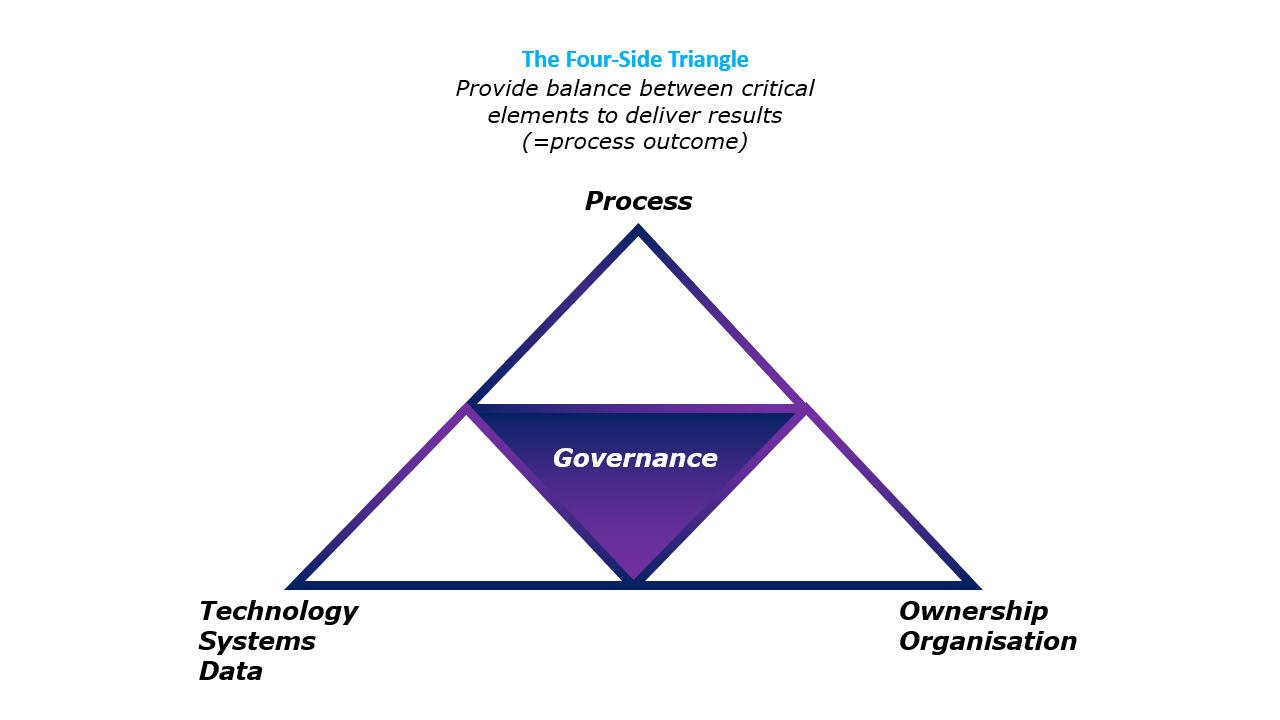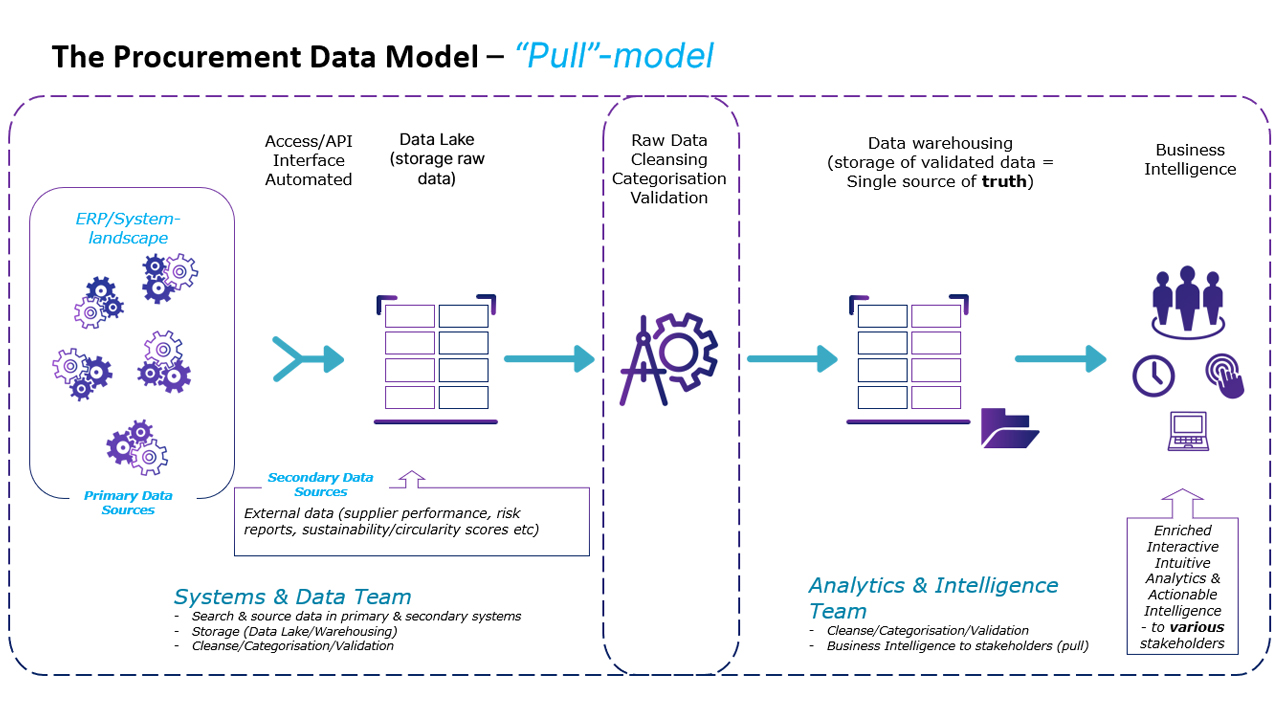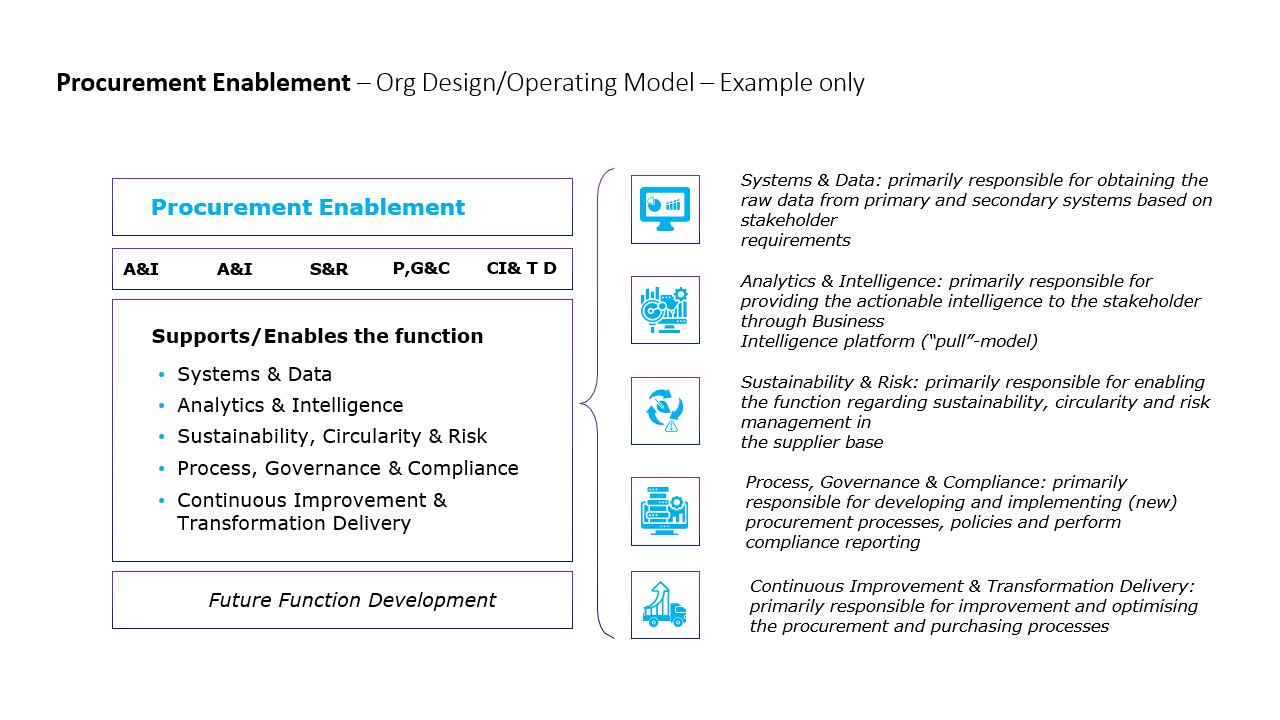
Interview: Procurement Analytics Must Aid the Decision-Making Process


(Pic Courtesy: Harold Hendrickx)
We live in the age of information. In this modern era, having access to information is crucial. However, deploying analytics to make sense of the “information flow” is even more critical.
Harold Hendrickx, Head of Procurement Enablement & Transformation at DS Smith and advisor to procurement leaders from companies across the globe through TransExecutive, knows all too well about the power of information as well as misinformation—and the damage it can cause. After all, he served as an Air Force officer at NATO for nearly two decades and is an expert in “situational awareness,” which requires deep analytical thinking.
After having served NATO as part of the Royal Netherlands Airforce, Harold was recruited into DS Smith, an international packaging company that offers sustainable, plastic-free packaging, integrated recycling services, and sustainable paper products.
Beroe spoke with Harold to understand what it takes to deploy effective procurement analytics that is of use to business stakeholders—in other words, how best to avoid “analytics for analytics sake”?
It was 10 a.m. in Amsterdam when Harold received Beroe’s video call.
Serving in the Royal Netherlands Airforce for nearly two decades must have been a fascinating experience. What was your role at NATO?
I was working in what they call the “command and control” branch. It was about ensuring that you have “situational awareness,” that is, you have an understanding of what is happening. You are almost like the director of the battlefield. You have a radar picture or a surface picture around NATO assets, and you should know who is flying around. The job involved the right identification and recognition, as well as the deployment of weapon systems. My job involved several technology products such as radar systems and tactical data links, which ensure that the forces always stay mutually connected.
You oversee analytics for procurement. From your vantage point, what is procurement analytics? Based on your worldview, how can analytics act as a cornerstone for the procurement function?
Analytics is basically turning data into actionable intelligence. Analytics, by itself, does not do anything—you need to obtain some results out of it, only then it is meaningful. To make the right move, you need to have a proper decision-making process; and to make proper decisions, you need to have information, which ideally, must turn into intelligence. The difference between information and intelligence is that information has a layer on top that can be turned into “actionable intelligence.” However, before you have information or intelligence, it is all about your data and making sure that you do the right analysis of that data. Analytics by itself does not accomplish much. It is the action that originates from the decision based on the intelligence and the analyzed data that creates the results for your function. The world is changing more rapidly than we can keep up. Therefore, analytics has a high demand to facilitate the right decision at the right moment.
Can you talk about the type of “analytical outputs” that the team provides to your stakeholders?
I have designed a procurement data and analytics program from a “push” to a “pull” model, which ensures that the intelligence is available in a platform environment where everybody can pull out whatever information they need.
We provide typical procurement information around suppliers and the category spend. We build analytics around how the spend is categorized and identify the volumes associated with product lines or services. We also offer analytics around payment terms from a working capital perspective, which is important. Besides these, we also provide analytics around contract management, which can be used as negotiation levers, sustainability performance, and other services.
While we are at it, can you please throw some light on the software solutions you use to deliver analytics? What traits do you look for in such a tool?
We are a Microsoft house, which means we can utilize the applications that are in the “Office package” that our IT team has made available, and hence, it made sense for us to use the Power BI tool for our analytics operations. One of the main traits I look for in a BI tool is the ability to configure it to my liking. If I have a demand from my stakeholders, I should be able to serve that demand by reshaping and reconfiguring the BI platform with fewer hassles. Third-party software solutions companies can also configure these tools for you, but that is an added cost. Having this capability in-house is better.
When you roll out a large analytics program as part of procurement transformation, things are bound to go wrong. What does it take to roll out a program and then run it without hiccups?
As part of the transformations I have done, I developed a concept called the “four-sided triangle” to ensure that all elements are considered to successfully deliver the transformations.

As shown in the above image, we must first start with the “process.” This involves addressing questions such as “what is the business need” and “what type of analytics or intelligence do you want to provide based on the requirements and demands of your stakeholders?”
In the middle, you have “governance,” which is about who is authorized to make decisions on analytics.
At the bottom of our corner of that triangle, you have “ownership,” which deals with who builds all those analytics and who owns it.
Lastly, you come to the “technology” part. This involves the choice of the tool as well as questions relating to how we plan to build the analytics platform to support the decision-making process.
Maintaining all elements in balance is critical to avoiding conflicts. If you bring in technology without considering the process, governance, and ownership, then it will lead to conflicts, confusion, and sub-optimal outcomes.
I can see that the concept of a “four-sided triangle” is an attempt to bring about structured thinking to solve an obvious problem, that is, people buy technology in the hope that it will solve all their problems but the technology itself may end up being the problem!
I fully recognize your statement and we can see it happening more often than not. To avoid such a scenario, “ownership” is important. Ownership comes down to leadership. If you want to bring a piece of technology but want to prevent the situation that you just mentioned, everyone needs to be crystal clear about who is authorized and has the mandate to make the decision—it might be a separate team with a team lead or it might be an individual. It could be a leadership team, an enablement team, or a center of excellence. It is immaterial who owns it. However, what matters is that the ownership is clearly defined.
As per your model, the enablement team owns the procurement analytics?
Yes. As part of our transformation initiative, we divided our procurement function into three divisions, all reporting to the CPO.
The category management pillar creates value for the business through category expertise, leveraging the best of the supply market.
The procurement operation is where we operationalize category strategies, that is, conduct tactical buying in accordance with the strategy.
The pillar called procurement enablement is where all analytics and intelligence are delivered to the other two functions.
The idea is to provide on-demand analytics to all our stakeholders. We keep adding new types of analytics regularly.

As for analytics, do you look for raw data that can be piped into your analytics platform? When it comes to data, what is your primary challenge?
I prefer to have access to the “data feed.” You need to have access to the data residing in a system or data should be accessible via an API. Having an interface or automation, maybe with robotics in place to extract that information and store it in the data lake, will be better. However, I think we all know that automation comes in second—you need to have that process set up first before you start. As I said, you need to have clarity on that process. Therefore, having someone who understands that process and then setting it up is necessary before you can start automating it with RPA. It is the journey we are on because you do not want to be in a position where you send CSV files via emails or spreadsheets to stakeholders.
Of all the challenges, data accessibility is a formidable challenge. When a company acquires other businesses, you are often confronted with multiple ERP systems—you need to start mapping one language to the other.
Once you work on new requirements from the business, do you ensure that the query can be accessed in the BI platform without manual intervention?
We constantly seek to automate as much as possible so that the information can be accessed by people across the organization. For instance, if you consider sanctions against a country, we have to ascertain which of our suppliers is working in or with that country. This becomes a new requirement where we must return to the system and see if we can extract that information. Once automated, this information can be easily retrievable and made available in the future.

Before we close out, what are some of the learnings from your NATO days that you find useful in your current job?
People think it is all about shooting orders in NATO and the military, although it is nothing like that. On the contrary, it is about everyone understanding the intent and the mission and committing to what their roles and responsibilities are. There is a high sense of ownership, trust, and team spirit, which leads to successful deliveries. I found ownership to be a fundamental and essential trait for any procurement team to become a “high-performance” team. It needs to be part of any transformation or optimization project and be in balance with the process, governance, decision-making, technology, and analytics. Without this balance, your team, projects, or activities will fail.
Related Insights:
View All
Get more stories like this
Subscirbe for more news,updates and insights from Beroe






